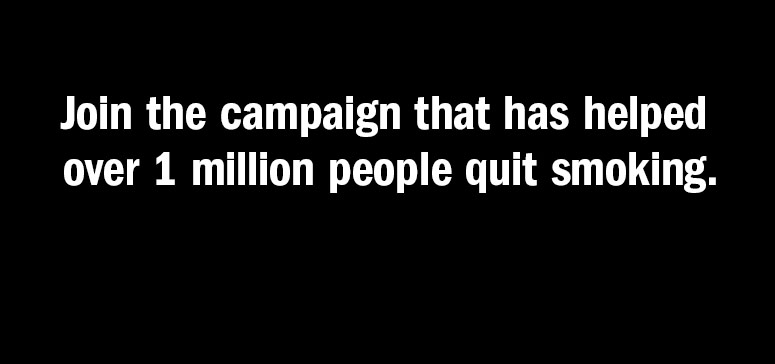Tips From Former Smokers ®
Tips® Uses Approaches to Address Health Disparities in Pursuit of Health Equity
The Tips campaign uses approaches to address health disparities in pursuit of health equity by increasing the reach, representation, receptivity, and accessibility of smoking cessation messages. Tips also increases awareness of free quit-smoking resources among adults—no matter who they are, where they live, or how much money they make.

How to Quit Smoking
It’s never too late to quit smoking. Find free resources to start your quit journey today.







